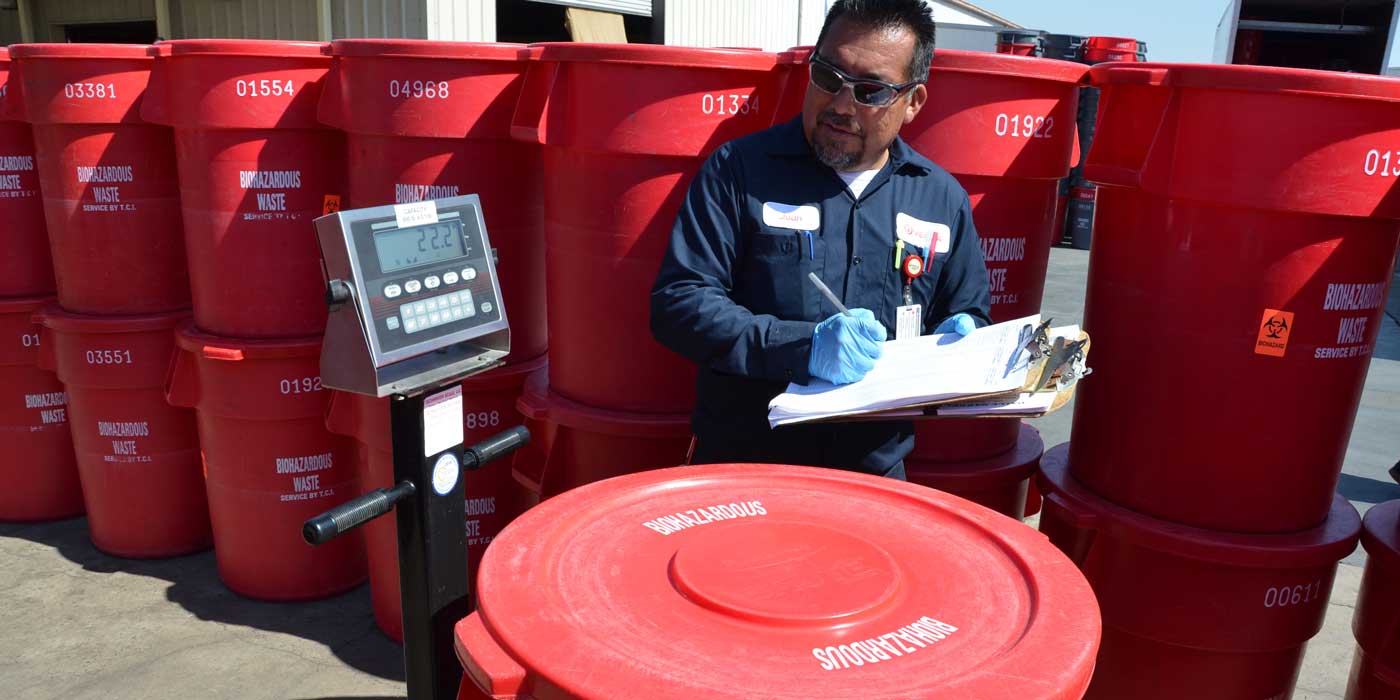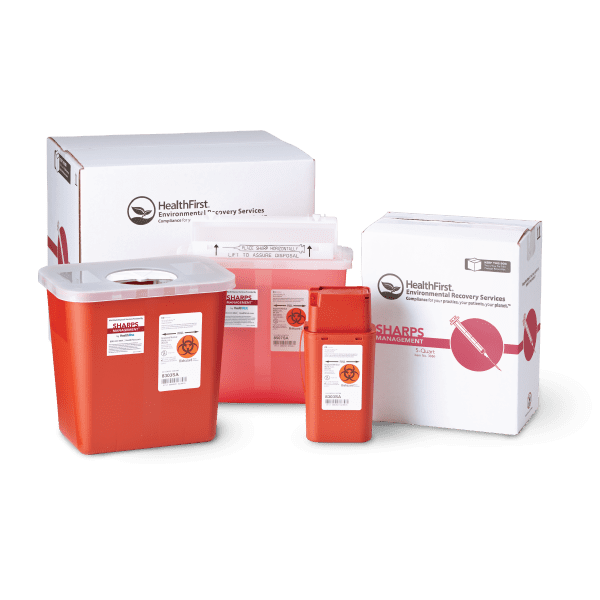Comfort at Your Front Door: Finding Reliable Medical Waste Removal Near Me
Comfort at Your Front Door: Finding Reliable Medical Waste Removal Near Me
Blog Article
Checking Out Different Waste Disposal Options for a Cleanser Atmosphere
In the pursuit of a cleaner environment, the monitoring of waste disposal has emerged as an essential focal factor for sustainable growth. With a wide variety of waste disposal options readily available, varying from standard garbage dump methods to ingenious waste-to-energy technologies, the selection of just how we handle our waste has far-ranging effects for our earth's well-being.
Recycling Techniques
Executing reliable reusing approaches is important in lessening waste and promoting sustainability in our environment. Recycling includes the procedure of transforming waste materials right into reusable challenge prevent unnecessary disposal. Among one of the most common recycling approaches is material recovery, where materials like paper, steel, glass, and plastic are collected, arranged, and processed to produce brand-new products. This procedure not just preserves natural deposits but also lowers power intake and greenhouse gas discharges related to producing new materials from the ground up.
Another vital recycling approach is composting, which entails decaying natural waste like food scraps and backyard trimmings right into nutrient-rich dirt. By incorporating these different reusing approaches right into our waste monitoring methods, we can dramatically minimize our ecological footprint and relocate in the direction of an extra sustainable future.

Composting Techniques
Effective waste management methods, such as reusing methods, lead the way for a cleaner atmosphere, and currently, moving the emphasis to 'Composting Techniques', we check out lasting methods to break down natural waste for environmental advantage. medical waste removal service.
Composting is an all-natural process that transforms organic waste, like food scraps and yard trimmings, right into a nutrient-rich soil amendment. The trick to successful composting depends on creating the ideal balance of environment-friendly materials, such as fruit and vegetable scraps, and brown products, like dried out twigs and leaves. These materials decay with the aid of microorganisms, breaking down the waste right into useful garden compost.
Conventional backyard composting involves layering natural products in a bin or stack and regularly transforming the mix to aerate it. By making use of composting strategies, we can reduce the quantity of waste sent to land fills while producing an advantageous product for improving soil and sustaining plant growth.
Incineration Cons and pros
Incineration, as a waste disposal technique, presents both advantages and disadvantages that warrant cautious factor to consider in the realm of lasting waste monitoring techniques. On the silver lining, incineration can significantly decrease the volume of waste, reducing the requirement for landfill room and possibly lowering greenhouse gas discharges. Incineration also permits for the healing of energy via the generation of power or warmth, adding to resource recovery. The process can be used to ruin hazardous compounds, offering a risk-free technique for dealing with particular kinds of waste that may pose risks to public health and the environment if left without treatment.
Nonetheless, there are noteworthy downsides to incineration. One major problem is the prospective launch of unsafe contaminants right into the air, such as dioxins, heavy steels, and particulate issue, which can have adverse results on human wellness and the atmosphere. Furthermore, the high initial click to read more investment and functional expenses of incineration facilities position financial difficulties, making it a less cost-efficient option contrasted to various other waste administration techniques. Careful tracking and guideline are necessary to mitigate these negative influences and make the most of the benefits of incineration as part of a detailed waste administration strategy.
Land Fill Monitoring Strategies
Land fills play a critical duty in waste administration and environmental conservation by providing a control system for the disposal of strong waste materials. By compacting the waste, the quantity is minimized, enabling for more waste to be accommodated over time.
In addition, the execution of everyday cover techniques is essential in lessening odors, preventing litter, and lowering the tourist attraction of insects. Covering the disposed waste at the end of daily assists to consist of odors and prevent potential ecological contamination. In addition, the surveillance of land fill gas emissions and leachate levels is crucial in guaranteeing that environmental criteria are met which any type of possible dangers to surrounding ecological communities are decreased.

Waste-to-Energy Technologies
One of the innovative techniques to squander administration includes using Waste-to-Energy technologies to convert strong waste into useful power resources. Waste-to-Energy (WtE) technologies incorporate a series of procedures that aim to remove energy from waste materials via thermal, chemical, or biological ways. This conversion process not just reduces the quantity of waste that winds up in landfills yet also generates useful power resources such as electricity, warm, or biofuels.
There are several approaches of Waste-to-Energy conversion, consisting of incineration, gasification, and pyrolysis. Incineration includes melting waste at heats to generate heat and electrical energy. Gasification transforms waste into a syngas, which can be made use of for power generation or chemical manufacturing. Pyrolysis breaks down natural materials utilizing high temperatures in the absence of oxygen, producing bio-oil, gas, and char.
Implementing Waste-to-Energy modern technologies can assist reduce environmental concerns connected with traditional waste disposal approaches while concurrently providing a renewable resource resource. However, mindful consideration has to be offered to emissions control and ensuring the sustainability of feedstock products for these modern technologies to be genuinely beneficial for a cleaner atmosphere.

Conclusion
Finally, exploring numerous waste disposal alternatives such as reusing, composting, incineration, land fill administration, and waste-to-energy technologies is vital for advertising a cleaner atmosphere - click here. Each method has its very own advantages and challenges, yet by using a combination of these methods, we can function towards lowering the quantity of waste that ends up in landfills and ultimately add to a much more sustainable future for generations ahead
With a multitude of waste disposal alternatives available, ranging from typical garbage dump approaches to ingenious waste-to-energy technologies, the selection of how we manage our waste has significant implications for our planet's wellness. medical waste disposal.Incineration, as a waste disposal approach, offers both advantages and disadvantages that warrant careful consideration in the world of lasting waste management practices.Garbage dumps play a vital function in waste management and environmental preservation by offering a control system for the disposal of strong waste products. By compacting the waste, the volume is decreased, allowing for even more waste to be suited over time
One of the cutting-edge strategies to lose administration includes utilizing Waste-to-Energy technologies to convert solid waste right into usable power sources.
Report this page